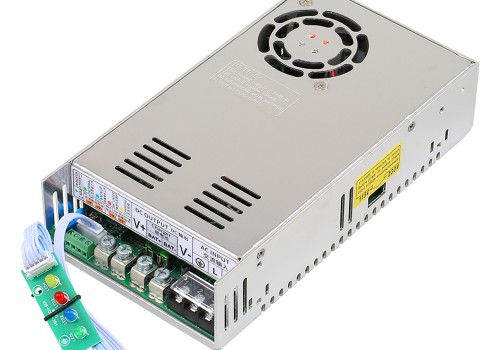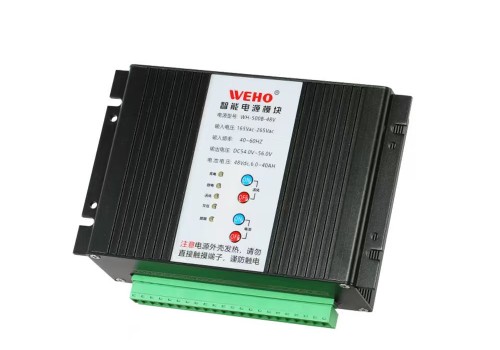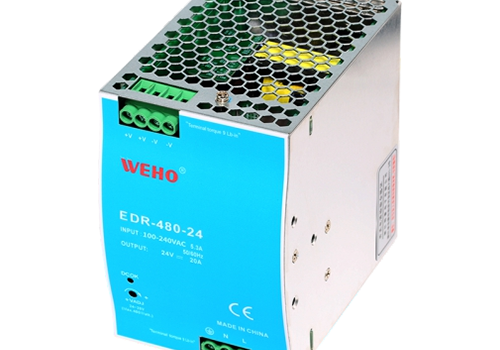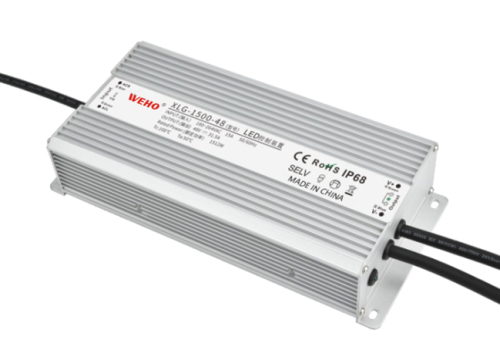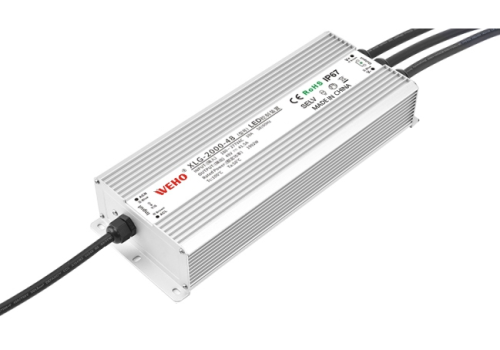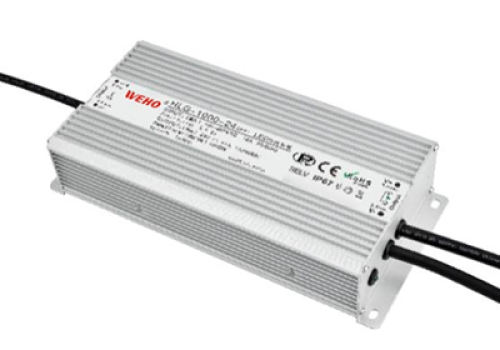Introduction
Importance of Proximity Sensors in Modern Industry
In today’s automated industrial environments, proximity sensors play a vital role in detecting the presence, position, and movement of objects without physical contact. These sensors enhance efficiency, safety, and reliability across countless sectors.
Learn More: What is a Proximity Sensor?
Wide Industrial Use of Magnetic and Inductive Sensors
Among the wide variety of proximity sensors, magnetic and inductive sensors are two of the most commonly used types. From assembly lines to robotics and packaging machinery, they serve in critical roles for position sensing, object detection, and automation control.
Purpose of This Blog
Despite their similar use cases, magnetic and inductive sensors operate on different principles and are suitable for different environments. This article explores the seven main differences between magnetic vs inductive sensors to help engineers and decision-makers choose the right sensor for their application.
What Is an Inductive Sensor?
An inductive sensor is a type of proximity sensor that detects metallic objects without physical contact. It operates on the principle of electromagnetic induction. When a metallic object enters the sensor’s high-frequency electromagnetic field, eddy currents are induced in the object. These currents cause a measurable change in the oscillator circuit within the sensor, triggering a detection signal.
Inductive sensors are reliable, durable, and immune to dust and moisture. They are widely used in applications such as counting, object positioning, and machine monitoring, particularly in environments with heavy metal machinery.
Learn More: How does a Proximity Sensor Work?
Learn More: The Ultimate Guide of Inductive Proximity Switch
What Is a Magnetic Proximity Sensor?
A magnetic proximity sensor detects magnetic fields generated by permanent magnets. It typically uses reed switches or Hall-effect sensors to determine the presence or absence of a magnetic field. When a magnet comes within range, the sensor’s output changes state.
Unlike inductive sensors, magnetic proximity sensors can detect through non-metallic barriers such as plastic or wood, making them ideal for use in enclosed systems, safety doors, and fluid level detection. They also excel in scenarios where long-range detection is required.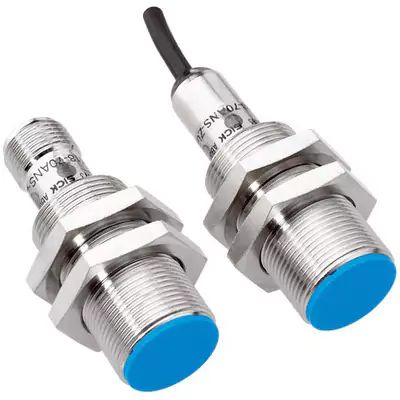
| Aspect | Inductive Sensor | Magnetic Sensor |
|---|---|---|
| Working Principle | Uses electromagnetic induction to detect metal objects | Detects presence of magnetic fields from a permanent magnet |
| Contact Requirement | Contactless, but requires metal to be within short range | Contactless, can detect through non-metallic barriers |
| Target Material | Only detects metallic objects | Detects magnets, regardless of surrounding material |
| Static Object Detection | Typically optimized for detecting moving or entering metal targets | Can detect static magnetic fields (stationary magnets) |
| Response Mechanism | Oscillation changes due to eddy currents induced by metal presence | Triggered when magnetic field strength exceeds threshold |
| Detection Distance | Short range (usually <10 mm) | Longer range (can exceed 50 mm depending on magnet strength) |
| Common Applications | Part counting, position sensing, automation with metal parts | Door sensors, speed detection with magnets, fluid level sensing |
Working Principle
Inductive sensors operate through electromagnetic induction, responding to changes in an oscillating magnetic field caused by metallic objects. Magnetic sensors rely on detecting the strength or presence of an external magnetic field generated by a permanent magnet.
Contact Requirement
Both sensors are contactless, but inductive sensors require proximity to conductive metals, whereas magnetic sensors can detect through barriers and at greater distances depending on magnet strength.
Dependency on Target Material
Inductive sensors only detect metallic targets, with ferrous metals offering the best response. Magnetic sensors, on the other hand, rely on the presence of a magnet, regardless of the surrounding object material.
Learn More: Can an Inductive Proximity Sensor Detect Aluminum?
Ability to Detect Static Objects
Magnetic sensors can detect static magnetic fields, meaning they can sense stationary magnets. Inductive sensors, however, require motion or presence of a metallic object that disrupts the electromagnetic field, often optimized for moving targets.
Response Principle Details
In inductive sensors, the oscillation amplitude or frequency is altered by the metal object’s presence. For magnetic sensors, the switch or output is triggered when a threshold magnetic field strength is detected.
Sensitivity and Detection Distance
Inductive sensors usually have shorter sensing ranges, often under 10 mm, and are limited to detecting metals. Magnetic sensors offer longer detection distances, sometimes exceeding 50 mm, depending on magnet strength and sensor design.
Typical Applications
Inductive sensors are used in metal detection for automation, counting parts, or determining shaft positions. Magnetic sensors are common in applications like door position detection, speed measurement using magnets on rotating components, and fluid level monitoring where the float contains a magnet.
Learn More: Inductive VS Capacitive Sensor: 9 Key Differences
Learn More: Inductive VS Hall Effect Sensor: 8 Key Differences
Learn More: Inductive Sensor VS BLTouch: 8 Key Differences
Conclusion
Understanding the differences between magnetic and inductive sensors is crucial for selecting the right technology for your industrial application. Inductive sensors are ideal for short-range metallic detection in rugged environments, while magnetic sensors offer longer-range detection and work through barriers. By evaluating your application needs based on these seven key differences, you can make informed decisions that improve performance, safety, and operational efficiency.
Whether you’re designing a new automation system or optimizing an existing one, choosing between magnetic vs inductive sensors depends on factors like material type, detection range, and application environment. Use this guide as a reference to ensure the most reliable and efficient sensor performance.



